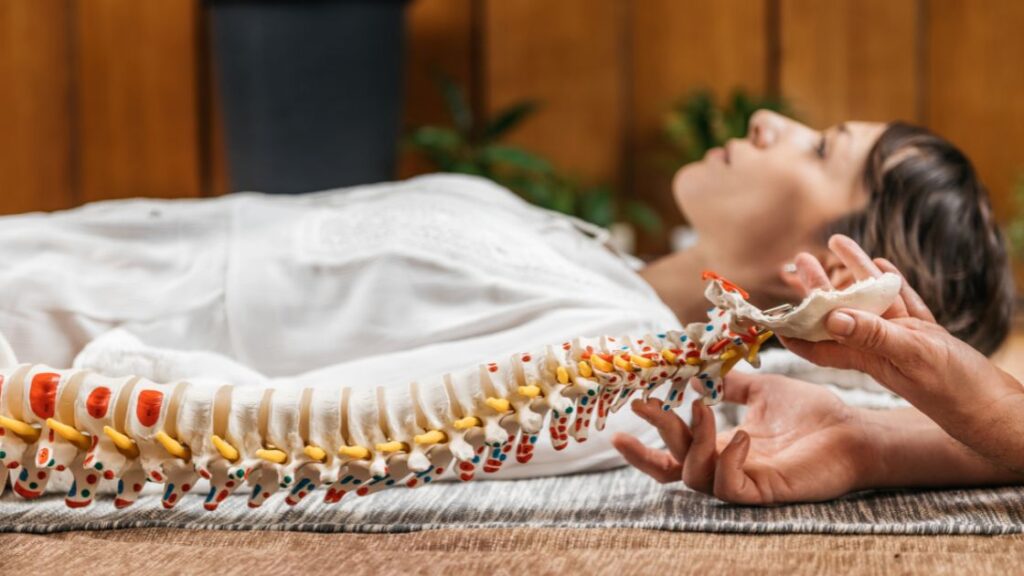What is Osteopathy?
“Osteopathy is a manual diagnostic and therapeutic approach to pathologies. In the context of primary care for patients, it exclusively addresses dysfunctions of the locomotor system and the peripheral nervous system.” (Osteopathy Chamber)
For whom?
From infants to the elderly, osteopathy offers a therapeutic response adapted to each patient.
What is the treatment approach?
By placing the patient at the center of their treatment, the osteopathic approach aligns its practice with the Bio-Psycho-Social model (biological-psychological-social), considered the most advanced medical model to date. To better treat the patient, the osteopath takes into account a set of factors that may influence the patient’s health.

What we treat?
General Osteopathy:
- Low back pain, back pain, neck pain (torticollis)
- thoracic and rib pain
- Peripheral joint pain (shoulder, elbow, wrist, hip, knee, ankle)
- Neurological pain (carpal tunnel syndrome, sciatica, cervicobrachial
- neuralgia…)
- Headaches, dizziness, tension headaches, Arnold’s neuralgia
- Jaw disorders (TMJ)
- Digestive disorders
- Sports injuries
Obstetric and Perinatal Osteopathy:
- Pregnancy monitoring
- Nausea and digestive issues
- Pelvic and coccygeal pain
- Preparation for childbirth
- Postpartum
Pediatric Osteopathy:
- Breastfeeding issues
- Torticollis, postural asymmetries
- Cranial deformities, plagiocephaly
- Colic, digestive disorders, constipation
- Recurrent ear infections
- Blocked tear duct
- Irritable babies
